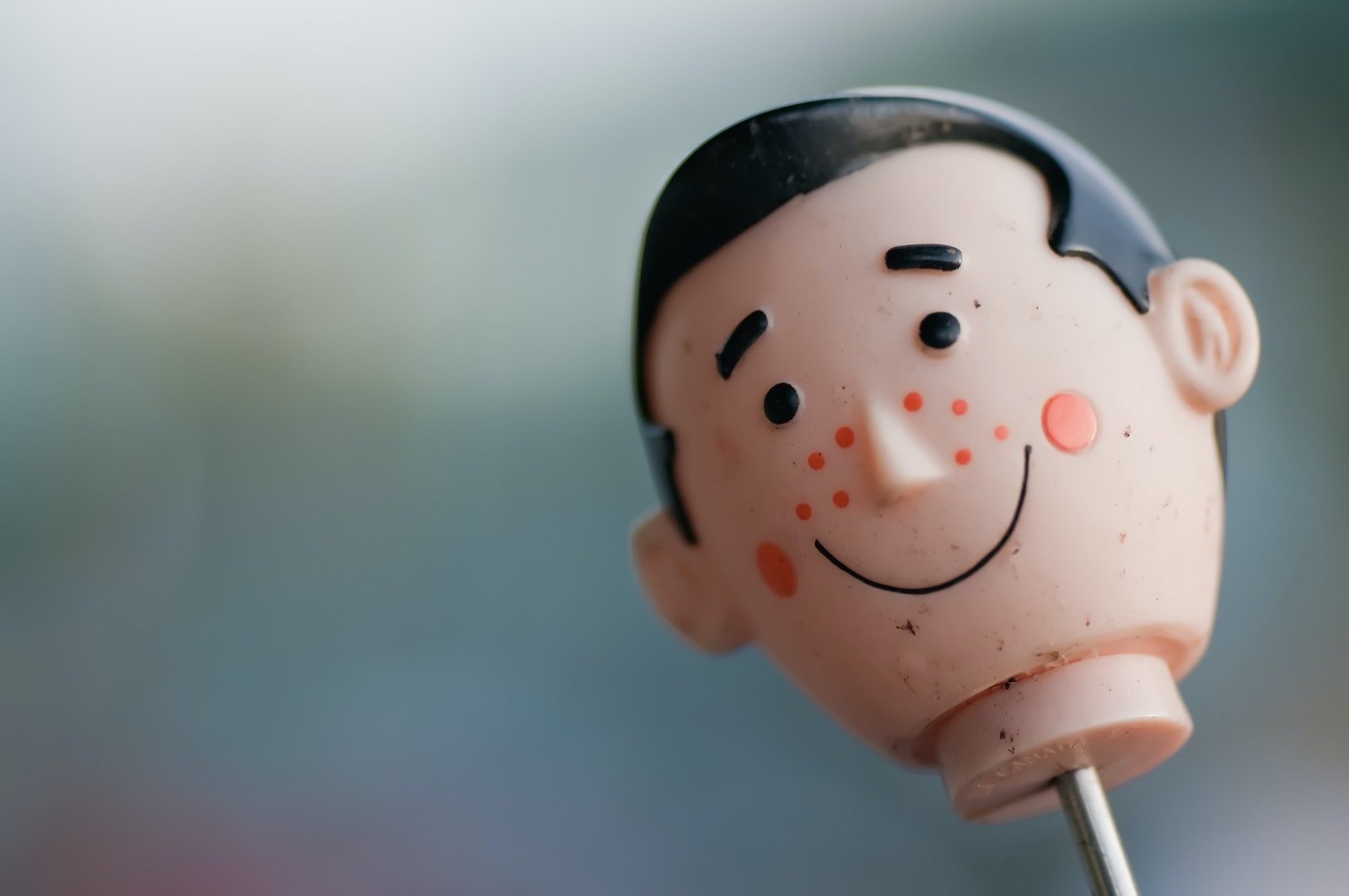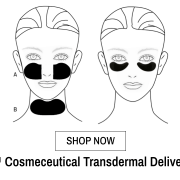Dermatologist Pimple Cream with 3 secret ingredients for effective acne spot treatment
Have you heard about our latest dermatologist pimple cream? We have engineered the Blemish Spot Cream with ingredients from natural botanicals to specifically target the prevention of acne breakouts and treat acne. Read on to find out more about bioactive ingredients such as chlorella and argan oil found in our acne spot treatment cream and how they help fight acne.
How acne pimples form
Acne pimples form when follicles which connect oil glands to the skin become blocked with dirt and oxidised sebum. This allows more oil to build up beneath the skin, thereby forming what is colloquially known as clogged pores. This forms a conducive enclave for acne bacteria to feed and grow on within the skin. In acne-prone individuals, the bacteria infection triggers a strong immune response by the skin, which becomes inflamed and swells up as the body attempts to fight the acne bacteria, hence the birth of a new pimple.
Chlorella in a Dermatologist Pimple Cream
Chlorella is the name of a group of 13 green algae species that grow in freshwater. It plays the role of an important raw material extensively used to make nutritional supplements and medicine in the form of tablets and liquid extracts. The extracts contain amino acids, peptides, proteins, vitamins, sugars and nucleic acids.
How chlorella helps treat acne
The activity of a bacteria strain known as Propionibacterium acne (P. acne) is one major factor in the pathogenesis of acne.
P. acne produces enzymes such as lipase, protease and hyaluronidase. They cause inflammatory reactions in the second layer of the skin known as the dermis.
The bacterium’s lipases on sebaceous triglycerides form free fatty acids. These cause severe inflammation on the skin, leading to the formation of pimples. P. acne activity also increases the release of inflammatory mediators known as reactive oxygen species (ROS). A moderate amount of ROS is essential in the skin barrier function against acne microbes. However, an increase in the amount of ROS could lead to irritation of the skin. This causes further inflammation and propagation of acne symptoms.
Fortunately, research has shown that lipid extracts from six chlorella species are effective in the inhibition of the lipase enzyme and ROS produced by P. acne. In a similar test for the inhibition of pro-inflammatory cytokines, researchers concluded that chlorella is also effective against inflammation of the skin. These anti-inflammatory properties of chlorella work together to help prevent acne breakouts.
Argan Oil in a Dermatologist Pimple Cream
Apply more oil on acne-prone oily skin? It may sound counter-intuitive but the plant extract from the nuts of the Argania spinosa tree (argan tree) may just be the answer to your acne problems.
Background of argan oil
Argan oil is extracted from the seeds of the argan tree. These are native to the Sous valley of southwestern Morocco as well as the Tindouf province in Algeria.
The local Berber women’s co-operatives in Morocco crack the nut of the argan tree in between two stones. This is done by hand to remove the soft pulp. They then extract the seeds, roast and ground them to a paste. Finally, they squeeze the paste to extract argan oil. Since the entire process is manually done by hand, one takes an average of 3 days to make just 1 litre of oil. Hence, argan oil is extremely valuable and an expensive raw material.
Worried about sustainability? UNESCO has designated the Argan forest in Morocco as a biosphere reserve in 1998 to ensure the sustainable production of argan oil.
How argan oil helps treat acne
Argan oil contains a high concentration of sterolins. Sterolins are a form of fats naturally occurring in plants including edibles like fruits and vegetables. They are chemically similar to animal fats. Consequently, they help the skin to retain more moisture and promotes healthy skin cell metabolism. When the skin is kept moist, the body tones down the production of sebum. The reduction of sebum depletes the source of feed for acne bacterium.
Another key mode of action of sterolins in argan oil is it’s potent anti-inflammatory effect. Several animal studies have shown profound immune-modulating functions of sterolins to dampen overactivity by antibody responses in the body. Acne, or more precisely, the symptoms of acne is the appearance of several inflamed spots on the skin. Such visible inflammatory spots is actually the result of the body’s active response to the presence of the acne bacterium. Hence, the ability of sterolins to dampen such immune responses plays an important role in argan oil’s anti-acne properties.
In addition, Vitamin E found in argan oil has potent antioxidant properties. This helps to fade acne by removing damaged cells and encouraging the growth of new healthy skin cells by fighting free radical damage that occurs in the normal aging of cells. Antioxidants also prevent the oxidation of sebum which is a common cause of clogged hair follicles in skin that promotes the onset of acne.
Methionine in a Dermatologist Pimple Cream
Methionine is an “essential” amino acid. It is “essential” because of the criticality for normal cellular functions and the human body is unable to synthesise it. Amino acids are building blocks of proteins that constitute the body. The “essential” ones can only be sourced from external consumption, of meat and dairy products for example. Studies in recent years have demonstrated that a deficiency in methionine can cause a severe lag in wound healing. Conversely, accelerated wound healing was observed when methionine is supplemented to the wound healing process.
In the physiology of acne, wound healing plays an important role in the recovery of skin cells from inflammatory effects triggered by a bacteria infection. The quicker the healing of the infected and compromised skin cells, the less the cumulative inflammatory response and inflamed red pimples which is the symptom of acne. A more prompt wound healing also decreases the probability of scarring of the skin which is a common consequence of acne. Methionine therefore makes a perfect supplement to the formulation of a dermatologist pimple cream, that also provide building blocks for the skin cells to regenerate and recover.
Conclusion
And there you have it, 3 potent ingredients to our dermatologist pimple cream. Find out more about our over-the-counter Blemish Spot Cream by clicking here.
For holistic care of moderate to severe acne, we recommend seeing an accredited dermatologist in your locality who will be able to provide oral and topical medications to treat the acne. In Singapore, you may refer to the Dermatological Society of Singapore for a full list of practising dermatologists accredited by the Ministry of Health. You may also refer to our founding dermatologist – Dr Teo Wan Lin, for a face to face consult in Singapore or a virtual consult via TeleDermatology which is available worldwide – click here for more information.
Reference:
- Sibi G. (2015). Inhibition of lipase and inflammatory mediators by Chlorella lipid extracts for antiacne treatment. Journal of advanced pharmaceutical technology & research, 6(1), 7–12.










Leave a Reply
Want to join the discussion?Feel free to contribute!